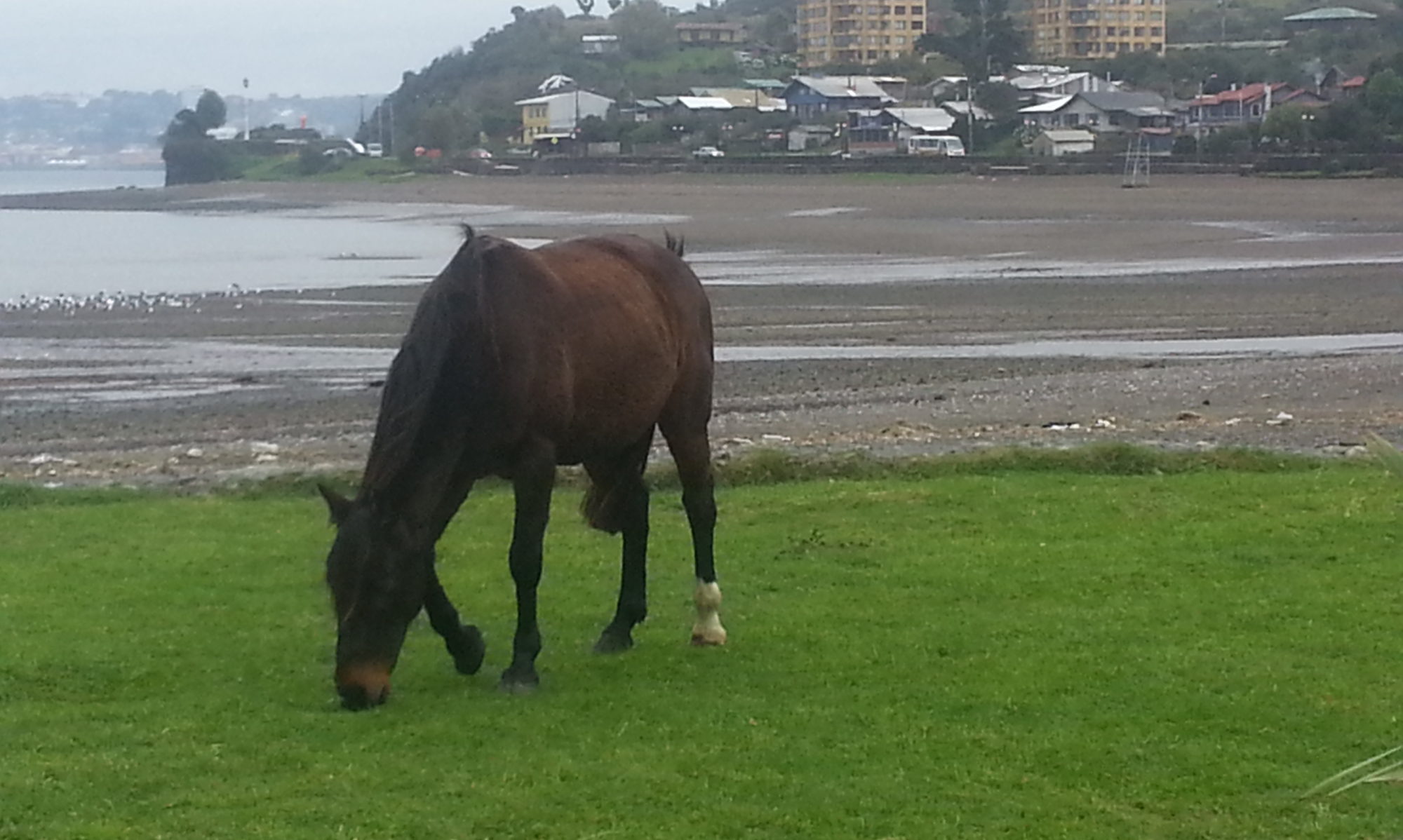
***Original published in Crossroads This Week, March 29, 2019***
Local Flooding Forecast – Spring 2019
Spring in Manitoba seems to have sprung with a vengeance. Was it really that long ago when we were suffering through what seemed to be an endless cold snap? This balmy weather is welcome to winter weary Manitobans and has people dreaming of drinks on the deck and steaks on the ‘barbie’. But wary old-timers are wise to Mother Nature’s annoying spring habit of washing out roads, turning fields into lakes, and filling up their basements.
This is why the experts at the Manitoba Hydrologic Forecast Centre (HFC), the local Rural Municipality offices, and the Little Saskatchewan River Conservation District have been looking into their crystal balls to determine how prepared local government agencies should be with regards to local area flooding this spring.
Degefa Senbeta, Senior Forecaster for the Province’s HFC, says that for the Oak and Little Saskatchewan River waterways, “There is a possibility of moderate flooding of localized areas.”
As for the stretch of the Upper Assiniboine from the Shellmouth Dam down to Brandon, the HFC assessment is, “Based on the current information we have and possible future weather conditions, there could be a risk of moderate flooding along the Assiniboine River, especially flooding of low-lying areas and agricultural lands. The water levels will be below the dike tops therefore there should be no major flooding.”
In anticipation of the spring melt, the Province has been drawing down the level of the Lake of the Prairies for a number of weeks. For now, Degefa says, “There have been no issues downstream of the Shellmouth dam this year caused by the drawdown.”
The water management of the Shellmouth dam has been a persistent, sore spot with farmers and area residents along the stretch of the Upper Assiniboine River that runs from the dam to the ring dike system at St. Lazare. RM of Sifton Councilor, Stan Cochrane, says “This season looks okay for now as long as we don’t receive a significant weather event. We have had an ongoing issue with the government’s water management of the Shellmouth Dam since 1995. There are Saskatchewan drainage issues that exacerbate the water flow plus the province doesn’t seem to know how to regulate a proper inflow and outflow program.”
Mr. Cochrane is also the Chairman of the Assiniboine Valley Producers and runs a mixed farm near Griswold. He and other farmers all along the Upper Assiniboine perennially have been dealing with flooding issues on their farmland due to controlled flows from the upstream dam.
A spokesperson from the Little Saskatchewan River Conservation District (LSRCD) provided some insight on historic trouble spots associated with their watershed management area. Spokesperson Colleen Cuvelier says that the Oak and Little Saskatchewan Rivers will occasionally flood over their banks. Generally, the worst flood seasons will cause some road washouts and pasture land flooding. Colleen does not expect a bad season in her area.
Over at the Harrison Park Rural Municipality, the Public Works Acting Foreman Kevin Tyschinski says this should be a normal season as far as the spring freshet is concerned. “The sloughs were so dry by the end of last summer, they will hold lots of runoff. Meanwhile, our department is getting ready to steam out any problem culverts or to dig out the odd drain. Our RM has 1000 miles of ditches but they are well maintained and kept clear of grass and trees.”
The rest of the local RMs echo this assessment. They are keeping an eye on known trouble spots. Other than a few blockages due to ice, snow banks, frozen culverts or pesky beavers, nobody is foreseeing any major flooding issues.
If you do see a problem developing, the advice is to call your local RM office and they will task their Public Works department to send out personnel and equipment to deal with the issue.
The public can also access the tools and reports from the Hydrologic Forecast Centre website (https://www.gov.mb.ca/mit/floodinfo/index.html) for Daily Flood Reports, Media Bulletins, and real-time water flow data for select monitoring stations around the province.
Blair is a personification of a ‘Jack of All Trades and Master of None’. He has held several careers and has all the T-shirts. Time to add the title Blogger to the list.






